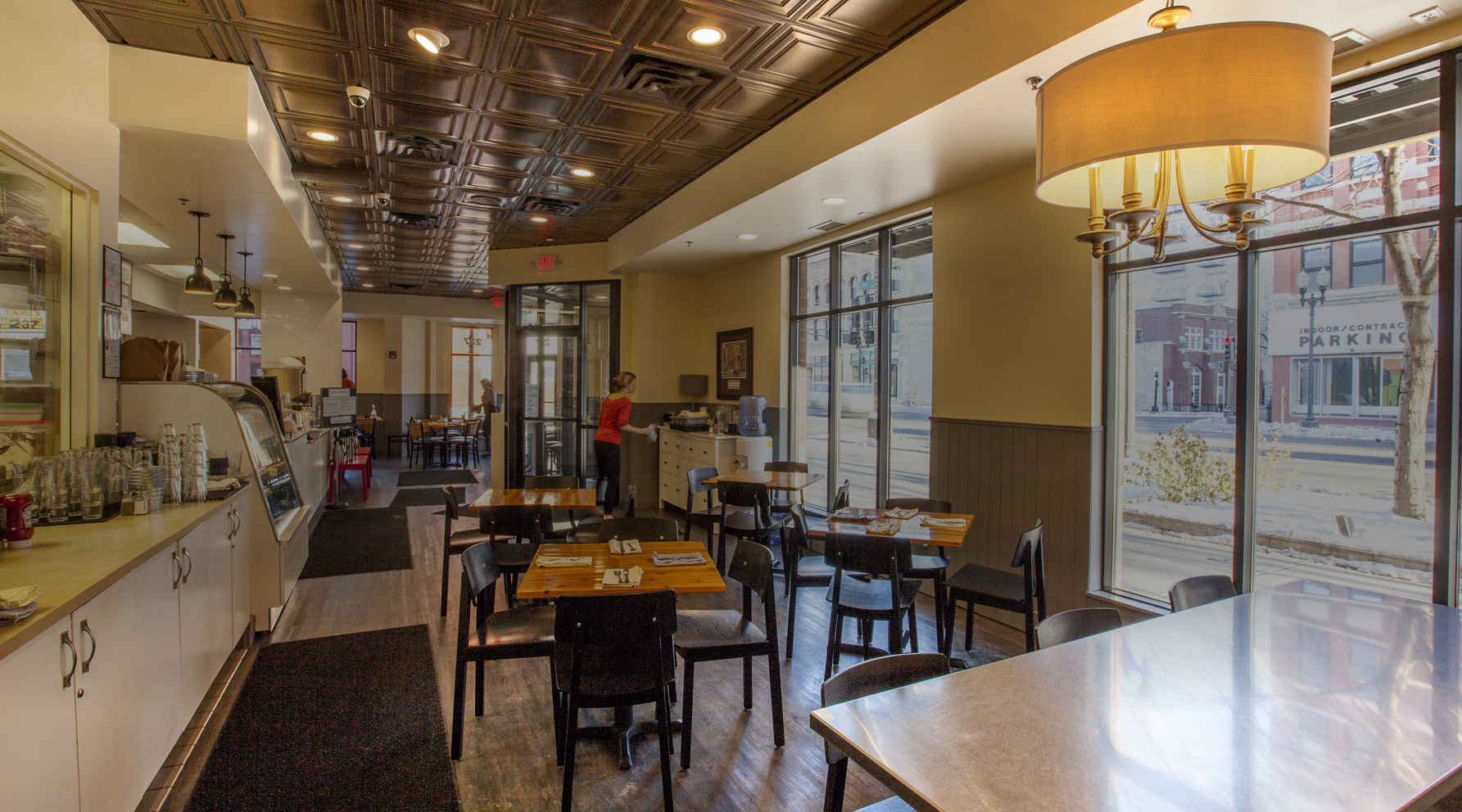
Imagine a restaurant where every design choice supports both the planet and your bottom line. That’s the heart of sustainable restaurant design: a thoughtful, whole-business approach that prioritizes efficiency, environmental responsibility, and smart spending.
The restaurant industry has traditionally been resource-intensive, from energy and water consumption to food waste and packaging. But today’s innovative approaches are changing that equation, proving that sustainability and profitability can work hand-in-hand.
At Studio M Architects, we’ve spent over two decades helping Twin Cities restaurateurs create beautiful, high-performance spaces that go beyond aesthetics. We’ve seen firsthand how eco-conscious design can lower utility bills, reduce waste, and appeal to customers who care about their environmental impact.
But sustainability doesn’t mean compromising on comfort or style. When done right, eco-friendly design enhances the guest experience and creates an operational system that works better for your staff and your finances.
Why Sustainable Restaurant Design Makes Business Sense
Choosing sustainability isn’t just a feel-good move; it’s also a financially sound decision. Restaurants that incorporate energy-saving systems, local sourcing, and efficient design typically see a significant reduction in operating expenses.
Modern diners are increasingly eco-aware. Studies show that a majority of consumers prefer supporting businesses aligned with their values, especially when those values include sustainability. A green restaurant signals quality, responsibility, and innovation. In a crowded industry, this becomes a powerful differentiator.
What’s more, local and federal regulations are steadily raising the bar for environmental compliance. Implementing eco-friendly practices today can help restaurateurs stay ahead of the curve and avoid costly changes later.
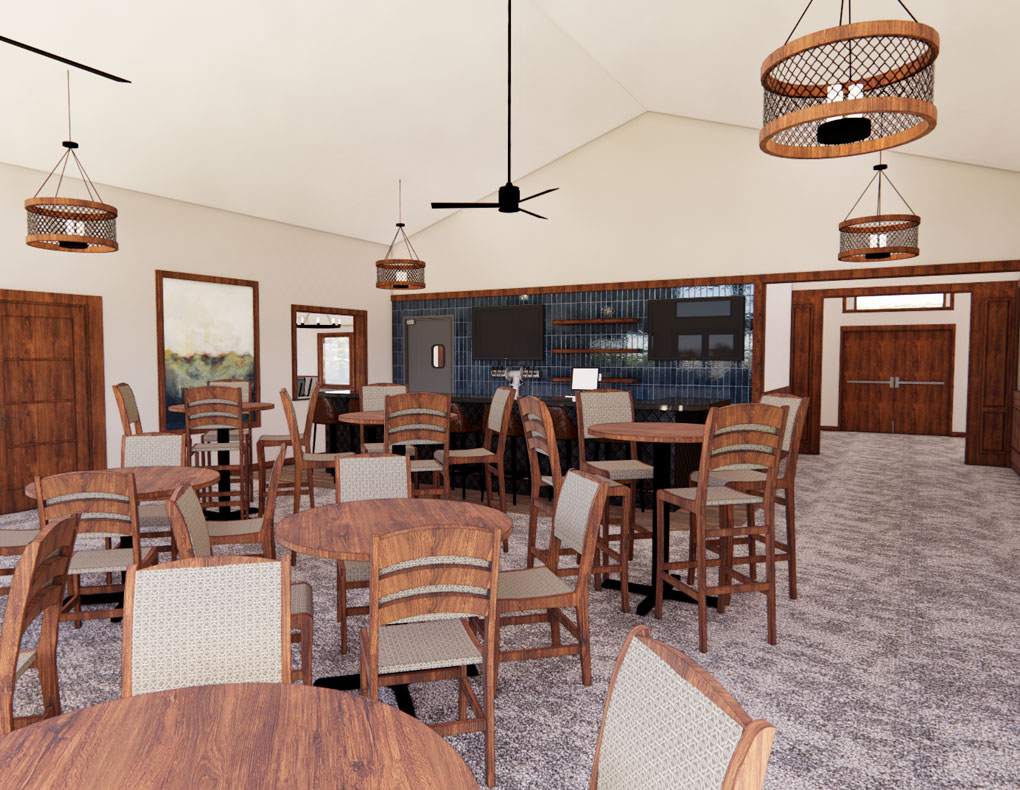
From Vision to Operation: What Sustainable Restaurant Design Really Means
True sustainable design affects every part of a restaurant’s lifecycle. It starts with the materials chosen for construction and continues through lighting systems, plumbing, waste management, menu strategy, and vendor partnerships.
It means reducing energy use through smarter appliances and layout planning. It includes sourcing reclaimed or recycled materials that are durable and visually impactful. It also means building operational practices that reduce water waste, streamline food purchasing, and manage physical waste more responsibly.
The most successful Twin Cities restaurants take a comprehensive approach to sustainability – from early design through final execution.
Energy and Water Efficiency That Pays Off
Energy use is one of the biggest expenses in restaurant operations. Heating, cooling, lighting, refrigeration, and cooking equipment all contribute to monthly utility bills and overall carbon output. By switching to energy-efficient equipment, installing smart thermostats, and layering in ambient and natural light, many of our clients reduce their energy bills by up to 35%.
Water conservation also offers both environmental and financial wins. We’ve helped restaurants lower monthly usage by installing water-efficient fixtures, fixing hidden leaks, and training staff on best-use techniques.
Cutting Waste Without Cutting Corners
Food waste, packaging waste, and operational inefficiencies add up fast. That’s why waste reduction planning should be incorporated into the design process. Small layout changes – like adding dedicated composting zones, more accessible recycling areas, or smarter prep stations can make a big difference.
Restaurants can also set up partnerships with local food banks, like Second Harvest Heartland, for redistributing excess inventory. Beyond the environmental impact, this helps reduce disposal fees and builds strong community goodwill.
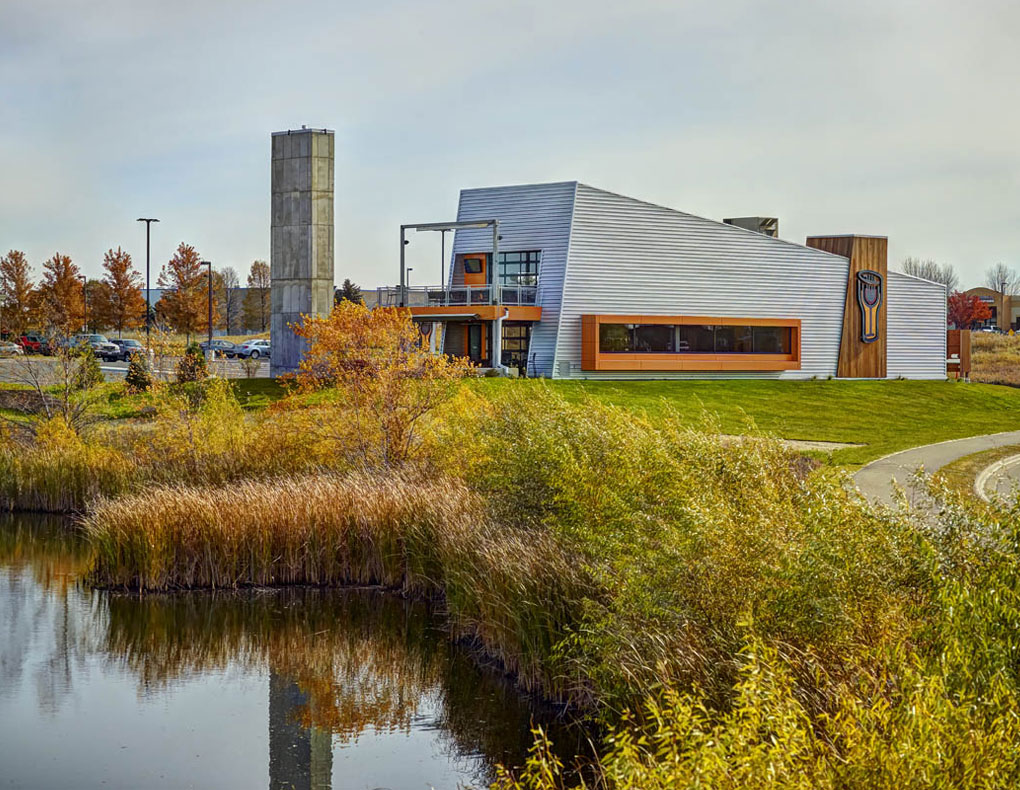
Sourcing Locally, Designing Sustainably
Sustainable food sourcing goes hand-in-hand with restaurant design. From menu planning to logistics, local suppliers offer fresher ingredients, reduced transportation costs, and a more compelling story for your guests. According to Slow Food USA, farm-to-table operations are growing in popularity, and with good reason.
We work with restaurants to align their sourcing strategy with their design. A rotating seasonal menu, for example, can be paired with interior branding and signage that tells the story of your regional partners. Not only does this reduce your environmental impact, it also deepens your customer relationships.
Thoughtful Materials and Furnishings
The materials chosen for a restaurant reflect its values. Reclaimed wood, recycled metal, cork flooring, and low-VOC paints are just a few examples of green building certification-ready choices that can be integrated into projects.
Cleaning and Maintenance Matter Too
Sustainability doesn’t stop at construction. Eco-friendly cleaning programs using plant-based or enzymatic cleaners reduce exposure to harmful chemicals, improve indoor air quality, and are often cheaper in bulk than traditional cleaners.
Microfiber cleaning systems, for example, require less water and fewer chemicals. Restaurants implementing these systems often report fewer sick days among staff, faster cleaning turnover, and lower long-term supply costs.
The Case for Eliminating Single-Use Plastics
Single-use plastics remain one of the biggest sources of waste in the food service industry. Forward-thinking restaurants are eliminating plastic straws, replacing takeout containers with compostable alternatives, and introducing in-house reusable systems.
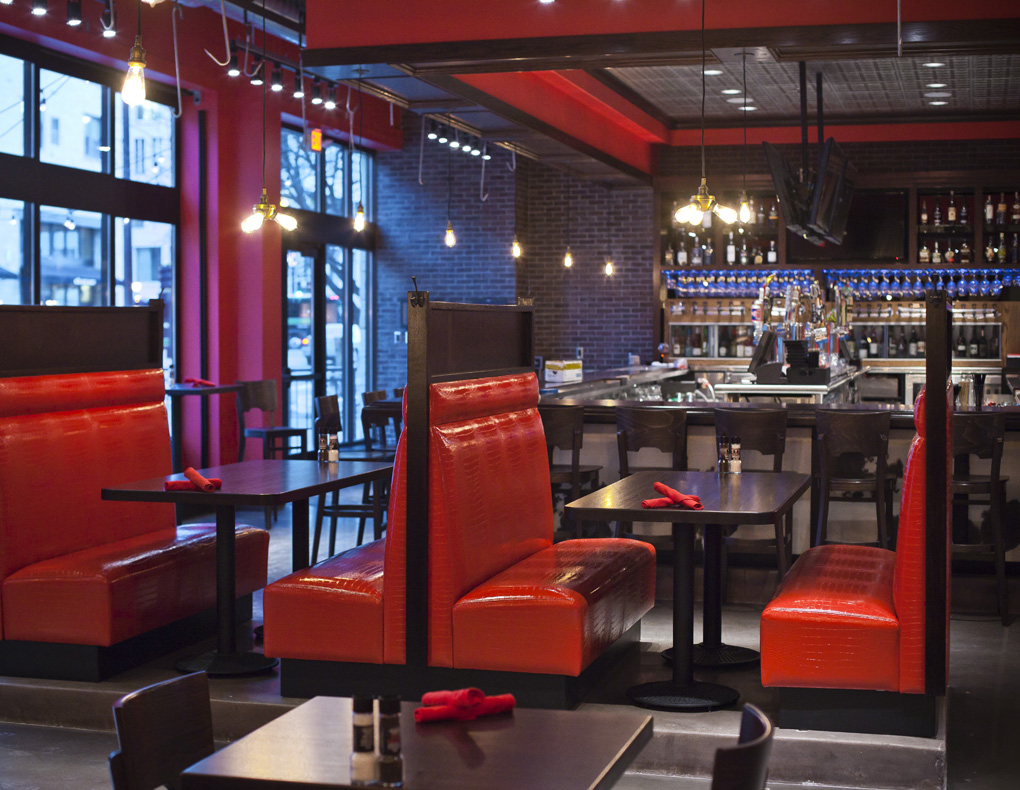
Real Results: 3 Studio M Case Studies in Sustainable Restaurant Design
Red Cow North Loop – Minneapolis
We partnered with Red Cow North Loop to redesign their downtown restaurant space with sustainability and modern comfort in mind. Through our renovation, we implemented energy-efficient lighting, improved guest flow, and updated finishes using low-impact materials. The transformation resulted in increased evening bookings and longer guest dwell time, helping the restaurant strengthen its brand while lowering operating costs.
The Buttered Tin – Saint Paul
We redesigned the Saint Paul location of The Buttered Tin to better reflect its cozy, community-focused identity while making key sustainability upgrades. The project included layout improvements to enhance natural lighting, updated materials for durability and reduced VOC emissions, and water-efficient plumbing fixtures throughout. These changes helped the restaurant manage growing foot traffic more comfortably while significantly lowering energy and water consumption.
Williston Brewing Company – Williston
This high-capacity restaurant and brewery was redesigned with sustainable features including reclaimed wood, LED lighting, and a highly efficient HVAC system. The space also incorporates thoughtful zoning to reduce energy demand across dining, kitchen, and event areas. Following the renovation, the restaurant consistently serves over 200 guests nightly with lower energy overhead and improved staff workflow.
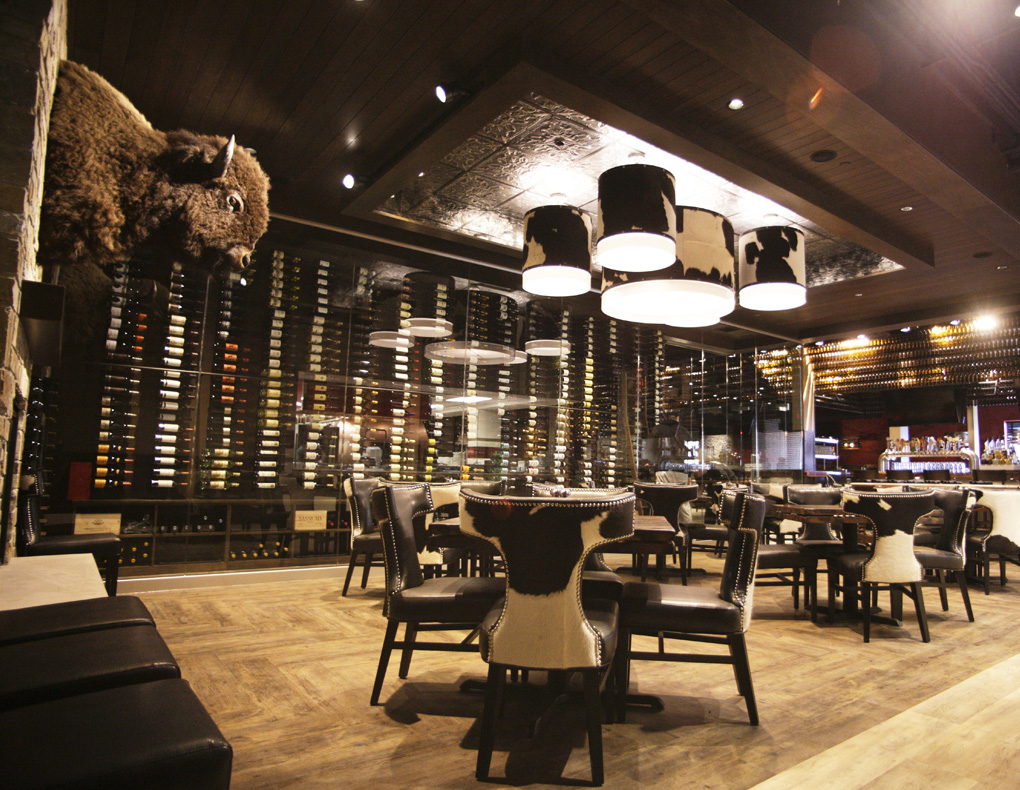
Long-Term Payoff and Smart Investment
Restaurants typically see a return on their sustainability investments within 12–24 months. Whether it’s from lower energy bills, reduced waste fees, or increased customer loyalty, the numbers speak clearly.
And sustainability creates long-term value too. Guests are more likely to return to spaces that feel intentional and responsible. Staff are proud to work in healthier, greener environments. Restaurant brands earn recognition for innovation and care.
Ready to Build Your Restaurant?
Sustainable restaurant design isn’t a trend, it’s the future of the industry. From material choices to operational systems, every detail matters. With our restaurant design services, Studio M Architects helps Minnesota restaurateurs turn environmental responsibility into lasting business value.
Let’s design a space that works better for your guests, your team, your budget, and the planet. Schedule a design consultation and let’s talk about your green goals.

Recent Comments